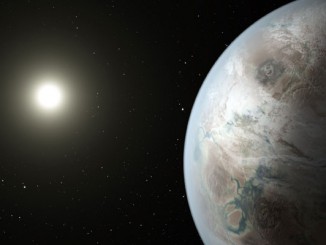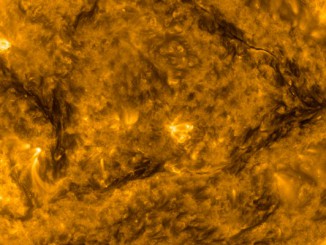
No. 1 New Horizons at Pluto
The long-awaited fly-by of Pluto by the New Horizons spacecraft, on 14 July 2015, was an event 85 years in the making, following Pluto’s discovery by Clyde Tombaugh in 1930. Since then, Pluto has gone from planet to dwarf planet, but despite protestations from the New Horizons team, its reclassification never really changed the mission or the importance of what it would find at Pluto.









